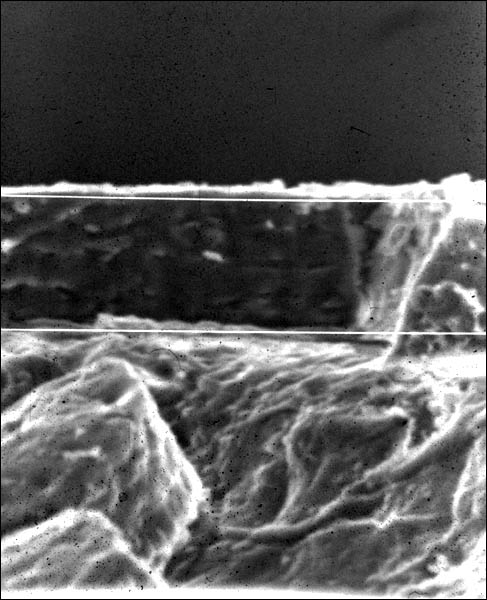by Gary D. Crites, McClung Museum
Introduction
During the past three decades, evidence pertaining to the interrelations between people and plants in prehistoric eastern North America has been accumulating, and changing, at a remarkably rapid pace. We have learned that corn, beans, and “squash” were not the first domesticated plants or crops grown by native peoples in our region. Native plants with modern common names, such as sumpweed, goosefoot (sometimes also called lamb’s quarters), and sunflower had become domesticated by 4,200–3,450 years ago, 1,500 years before the introduction of Mexican crops. By at least 2,500–2,000 years ago, people of the Southeast were heavily involved in food production based upon these and other native plants, including maygrass and erect knotweed.
Pumpkin Site Findings
While a substantial storehouse of information about early food production has accumulated during the past thirty years, some areas of the Southeast have yielded relatively little. One such region is South Carolina. Recently completed work on the Pumpkin Site [so named because, when investigations first began, the site area was a pumpkin patch] in Greenville County in northwest South Carolina has, however, yielded important new data. The site is located on the extreme northern edge of the Piedmont Plateau near its juncture with the Blue Ridge Mountains. Material remains and calibrated radiocarbon dates ranging from AD 415 to AD 650 established the site as a Middle Woodland period Connestee site.
Remains of hickory nut, acorn, and hazelnut were recovered from Pumpkin Site samples. Also recovered were 1,716 charred seeds representing maygrass, goosefoot, sumac, honey locust, and grape. This represents the largest reported single concentration of Middle Woodland period seeds from South Carolina. The 176 maygrass grains from the Pumpkin Site represent both the earliest occurrence and greatest concentration of this starchy grain from the South Carolina Piedmont.
The most numerous seeds (1,295) recovered from the site were goosefoot seeds. Net-patterned pitting of the seed coats (and sometimes a more smooth seed coat) and truncated, or flattened, margins indicate that at least some of the seeds could be representatives of a domesticated form of native goosefoot. An added morphological indicator of domestication is reduction of the seed coat (testa) thickness to less than 21 microns [a micron is one-thousandth of a millimeter]. Reduction of testa thickness contributes to a reduced dormancy period, giving such seeds a competitive advantage on the landscape. Figure 1, below, is a scanning electron microscope photograph of a seed coat of domesticated goosefoot.
The testa thickness is 14.5 microns. The measurement is taken between the lines on the image. The oldest examples of domesticated goosefoot are 3,450 years old and were recovered from sites in Kentucky. Domesticated goosefoot was widely distributed in eastern North America by approximately 2,000 years ago. Domesticated goosefoot from the Pumpkin Site is the first reported for South Carolina. One of the goosefoot seeds was radiocarbon dated to AD 490.
Thirteen fragments of a thin-shelled gourd, commonly referred to by ethnobotanists as Cucurbita gourd (for the botanical genus Cucurbita, which contains native gourds and “squashes”) and related to gourds/summer squashes grown in the region today, were recovered from the site. These fragments are not from a “pumpkin” squash but, rather, from a native “weedy” gourd similar to what is sometimes called “egg gourd.” These are the first Cucurbita gourd fragments reported from the Piedmont.
Figure 2 shows a tiny fragment of Cucurbita gourd (approximately 2.5–3.0mm long).
Conclusion
The Pumpkin Site botanical materials represent the most substantial, well-controlled Middle Woodland period assemblage from the Piedmont region and suggest that human-plant interactions in the region during the 5th-7th centuries were more similar to those identified in the interior Southeast than researchers have previously understood.

